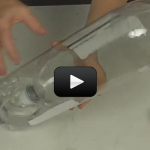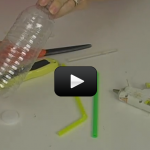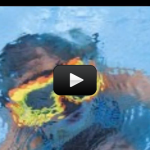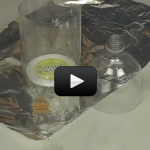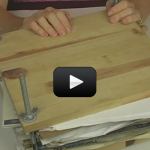Getting Started with Life Science
Most early childhood studies in life science include growing plants from seeds and running an insect farm. These are great activities to do with kids as they are easy to do, low cost, and kids really dig them!
The experiments in this section will take those basic experiments and give you additional activities which include learning to investigate the world of plants and animals by building an observational terrarium-aquarium where they can watch their inhabitants in their natural environment, insect aspirators, and waterscopes.
You can encourage your child to learn how to identify physical characteristics as well as behavior differences and similarities just by watching and observing and talking to them about what they see.
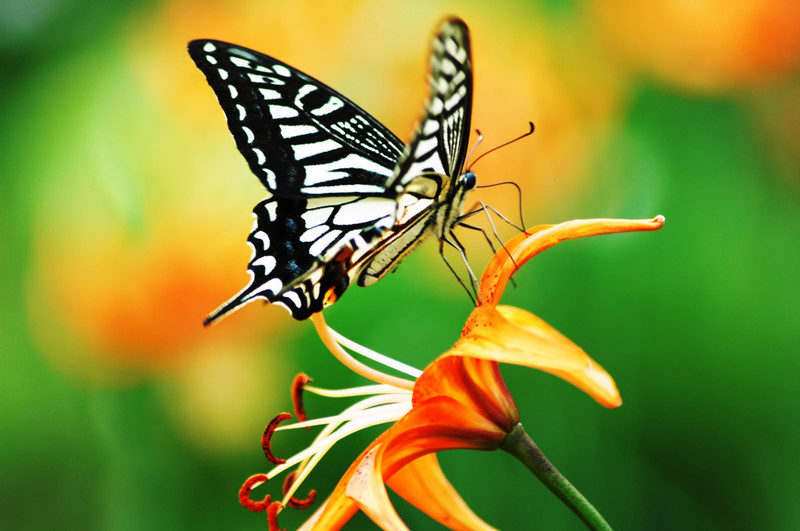
Here are the scientific concepts:
- All animals need food in order to live and grow. They obtain their food from plants or from other animals. Plants need water and light to live and grow.
- Plants and animals can change their environment.
- Living things need water, air, and resources from the land, and they live in places that have the things they need. Humans use natural resources for everything they do.
- Things that people do to live comfortably can affect the world around them. But they can make choices that reduce their impacts on the land, water, air, and other living things.
- Designs can be conveyed through sketches, drawings, or physical models. These representations are useful in communicating ideas for a problem’s solutions to other people.
- Different types of plants and animals inhabit the Earth.
- How to observe and describe similarities and differences in the appearance and behavior of plants and of animals (e.g., seed-bearing plants, birds, fish, insects).
- How to identify major structures of common plants and animals (e.g., stems, leaves, roots, arms, wings, legs).
By the end of the labs in this unit, students will be able to:
- Identify and describe the physical properties of solids and liquids.
- Practice common techniques that field scientists use in their science journals.
- Observe common objects using the five senses.
- Describe the properties of common objects.
- Describe the relative position of objects using one reference (e.g., above or below).
- Compare and sort common objects based on one physical attribute (including color, shape, texture, size, weight).
- Communicate observations orally and in drawings.

